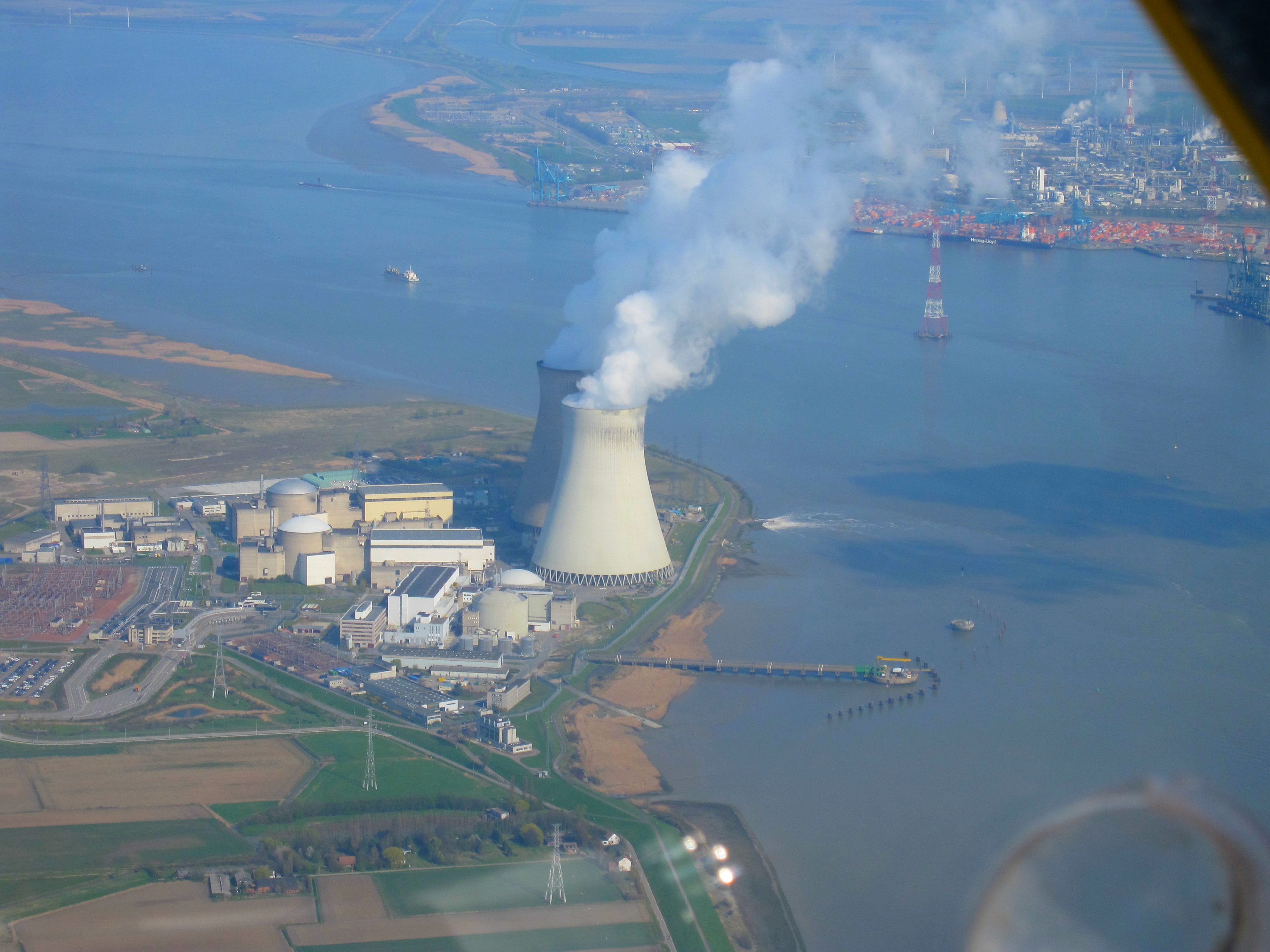
A bit of a mishmash for this Friday, but we wanted to bring some additional attention to some news and developments you might have missed over the past couple of days (and even a bit farther back in one case).
The efforts by the nuclear power industry to obtain ratepayer bailouts to subsidize their uneconomic reactors in several states, most notably Illinois, New York and Ohio, are gaining greater and greater attention across the country. Any hope utilities like Exelon might have had that their legislative and regulatory machinations might slip under the radar is long crushed.
And today the issue hit the biggest media player covering this venue (not to mention the interests of large industrial consumers of electricity, who have not been sold on the notion of bailout out failed nuclear reactors): the Wall Street Journal. Headlined Nuclear Power Goes Begging, Likely at Consumers’ Expense, the article doesn’t really take a strong position either way on the issue–it’s pretty straightforward–but the reality that if Exelon et. al. are successful consumers will pay more for electricity that they otherwise would have to, comes across clearly.
Meanwhile, Exelon doesn’t seem embarrassed that after more than a year of complaining that its Clinton reactor in Illinois is losing money, it suddenly received quite a windfall from an early Spring electricity auction. Despite what appears to be a rapid return to profitability for Clinton, Exelon hasn’t changed its bailout request for the reactor from the Illinois legislature; it’s too greedy for that. But it may serve to help undermine Exelon’s case for rate increases, which has never been very strong to begin with.
As our guest writer Yves Marignac pointed out earlier this week, the world’s largest reactor manufacturer, France’s Areva, is in a heap of trouble over the discovery of anomalies in the construction of the pressure vessel for its Flamanville EPR reactor. It turns out that the proposed Calvert Cliffs-3 reactor in Maryland, which we defeated in NRC licensing hearings a couple years ago, had a vessel using the same flawed process. No worry that one will ever be used, however.
In China, authorities have announced that no fuel loading will take place in its two Taishan EPRs until the issue is resolved. We smell a lot of big money lawsuits coming…
The choice facing Areva if further tests confirm the problem isn’t pretty for the company. As a French official said speaking of Flamanville, “Either EDF abandons the project or it takes out the vessel and starts building a new one … this would be a very heavy operation in terms of cost and delay.”
Meanwhile, Bloomberg News takes a useful look at Areva’s financial problems and upcoming bailout from the French government. Funny how that “bailout” word comes up whenever nuclear power itself comes up these days.
It isn’t clear, however, that the U.S. Nuclear Regulatory Commission would care much about the safety issues related to the EPR–or any other reactor. As the IEEE Spectrum, normally thought of as a pro-industry publication, reported this week, the NRC is continuing to oppose all European efforts to improve nuclear safety and regulation.
Belgian nuclear regulators recently found cracking in reactor pressure vessels in that country, and believe this cracking is due not to construction defects, as was first thought, but to routine operation. They have urged regulators across the world to conduct the same tests they have done to determine whether this may be an endemic problem for reactors. The NRC’s response: yawn.
In more hopeful news, the global Climate Action Network (CAN), the largest network of organizations working on climate change, has in the past had a rather wishy-washy position on nuclear power. No more. In March, CAN adopted a new position on nuclear, calling for no new reactors and keeping nuclear power entirely out of upcoming climate negotiations at the COP 21 conference in Paris in December. You can read it here.
By the way, we have changed the focus of our Facebook page that previously was used for organizing for the Nuclear-Free, Carbon-Free contingent to last September’s People’s Climate March in New York. Now its focus is on organizing a similar large contingent to the massive climate march planned for that COP 21 conference.
Finally, we’re about to enter the last week of our Legacy Fund Campaign–and we’ve still got not one, but two $5,000 matching challenge grants to meet! Here’s a video of NIRS board member Timothea Howard explaining the importance of this campaign. We hope you’ll take the two minutes needed to watch it.
[youtube https://www.youtube.com/watch?v=09n_DAr2f4I&w=560&h=315]
Michael Mariotte
April 17, 2015
Permalink: https://www.nirs.org/2015/04/17/bailouts-areva-cracking-and-more/
Your contributions make publication of GreenWorld possible. If you value GreenWorld, please make a tax-deductible donation here and ensure our continued publication. We gratefully appreciate every donation of any size.
Comments are welcome on all GreenWorld posts! Say your piece. Start a discussion. Don’t be shy; this blog is for you.
If you’d like to receive GreenWorld via e-mail, send your name and e-mail address to nirs@nirs.org and we’ll send you an invitation. Note that the invitation will come from a GreenWorld@wordpress.com address and not a nirs.org address, so watch for it. Or just put your e-mail address into the box in the right-hand column.
If you like GreenWorld, help us reach more people. Just use the icons below to “like” our posts and to share them on the various social networking sites you use. And if you don’t like GreenWorld, please let us know that too. Send an e-mail with your comments/complaints/compliments to nirs@nirs.org. Thank you!
GreenWorld is crossposted on tumblr at https://www.tumblr.com/blog/nirsnet




Michael,
I am increasingly seeing this ugly grammatical error; seems to have gone viral!
“…consumers will pay more for electricity that they otherwise would have to.”
It should read, than they otherwise would have to.
Please fix this.
Jo
sorry just a typo.